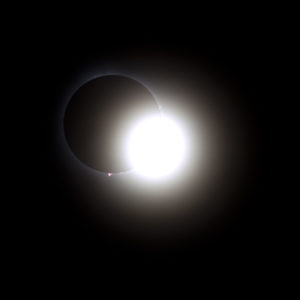How Do Kiteships Fly?
Since several people have asked, I thought I’d do an actual blog post talking about how the kiteships in Kitemaster actually fly.
Not to spoil the ending, but the short answer is: kites + sails + magic.
I think the original idea to have flying ships came along between the 2015 draft and the 2018 draft. My first thought was simply that kites fly and my book was about wind and kites and magic so why not tie a bunch of big kites to a ship and then it could fly!
I sketched out a couple of ideas, looked at them, and realized physics might have something to say about all this. Kites generate lift by deflecting wind downward. The line–anchored to the kite flyer on the ground–provides stability.
What happens when that line is anchored to a kiteship that’s also flying through the air?
This is the point where my brain seized up a bit. You need tension on the line to provide that stability, which means the kiteship can’t be moving as fast as the wind. There needs to be resistance and drag. But if the kites are flying ahead of the ship to pull it along, wouldn’t the ship just swing forward like a pendulum? Unless the wind and kites were so fast the ship couldn’t catch up.
I am not a physicist, and I did not calculate exact figures for lift and drag and such. I did realize the kites would have to be 1) very large and 2) angled so that they were converting most of the wind’s power into lift, not forward movement.
So for a kiteship like the Midnight Rain, we have four mainkites. They’re flown not perfectly vertically, but probably pretty close to vertical in most situations, thus providing a lot of lift and a little forward movement.
The Midnight Rain also has a vertical mast with more traditional sails. Those sails catch the wind and convert it to forward velocity.
Steering becomes trickier. With a normal sailing ship, the ship itself moving through the water helps with the mechanics of steering. You can tack back and forth using the sail and the shape of the ship cutting through the water. That doesn’t work as well on a kiteship. For shorter maneuvers, the linemen adjust the height and angles of each of the four mainkites to create more of a gliding effect as the ship climbs and falls.
You’re still largely at the mercy of the wind. A journey from point A to point B might take a long, circular route. But a good navigator has wind charts and knows the usual patterns of the wind at different heights. The direction of the wind at 1000 feet may not be the same as it is at 5000 feet.
So with all that said, would it actually work? Since I’m neither an engineer nor a physicist, I can’t say for certain, but I’m pretty sure the answer is still no.
Enter the kitemasters and the magic at the heart of the book: the ability to control both the wind and objects flying on said wind. A kitemaster can’t change the winds of the world, but they can direct the wind on a smaller scale to help carry and maneuver the kiteship. They can stabilize and strengthen the kites and their lines. They can increase the drag against the ship.
Essentially, I pushed the physics of it all as far as I was able to, and whatever’s left gets handled by the ship’s kitemaster.
You might say that’s cheating. But tell that to every dragon flapping about on giant bat wings. Or bring it up with Iron Man any time he fires a repulsor beam from one hand and doesn’t whip himself around like the Tasmanian Devil.
The point being, I think–I hope–there’s enough there to let readers buy into the story, maintain their suspension of disbelief, and enjoy flying along with Nial and Xao and Vikaan.






















